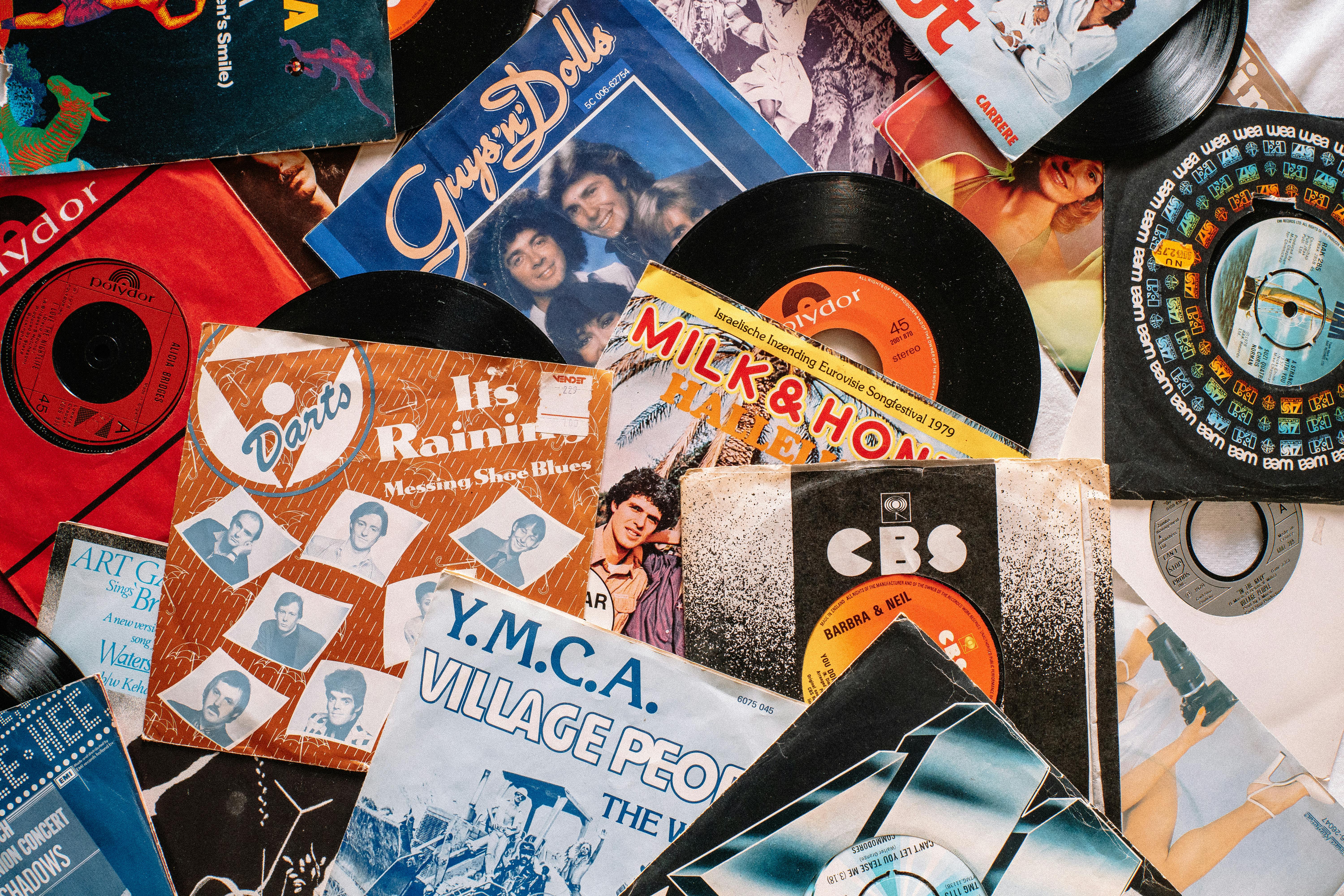Distillation is a process of separating compounds based on their boiling points. It is a common method used in the laboratory to purify liquids and to separate mixtures of liquids with different boiling points. In this article, we will discuss the basics of distillation and how it can be performed.Distillation is a process of separating the components or substances from a liquid mixture by using selective boiling and condensation. Distillation is a common laboratory method of purifying liquids, but it can also be used on a large scale to separate mixtures such as crude oil or seawater. During distillation, a mixture is heated until its components reach their boiling points and turn into vapors. The vapor is then condensed back into a liquid, which contains only the desired components of the original mixture.
Types of Distillation
Distillation is a process of separating components from a liquid mixture through boiling and condensing. It is one of the oldest methods of purification and can be used to create a wide variety of products such as fuel, chemicals, drinks, medicines, and essential oils. There are many different types of distillation techniques that can be used depending on the needs of the user.
The most common type is simple distillation which involves heating the mixture until its components evaporate at different temperatures. The vapor is then condensed and collected in another container. This type works best for separating liquids with low boiling points like water and ethanol.
Fractional distillation is often used to separate mixtures that contain multiple components with similar boiling points like petroleum or gasoline. This method takes advantage of fractional condensation which occurs when different components vaporize at different temperatures despite having similar boiling points. The vaporized liquid is then passed through a fractionating column where it cools gradually and separates into its individual components as it moves down the column.
Steam distillation is another popular technique used to separate mixtures containing volatile compounds that may not be able to withstand high
Equipment Used in Distillation
Distillation is a process that separates a liquid mixture into its components using evaporation and condensation. It is commonly used to purify or separate liquids, such as ethanol/water mixtures and essential oils. In order to perform distillation, certain pieces of equipment are needed. This includes a still, thermometer, condenser, collection containers, and tubing.
The still is the large pot in which the mixture is heated and evaporated. It can be made of copper or stainless steel and should be wide enough to allow for easy evaporation of the mixture. The thermometer measures the temperature of the vapor as it rises from the still. The condenser is a device that cools down the vapor as it passes through it, allowing for condensation back into liquid form. Collection containers capture the condensed liquid in separate compartments depending on its boiling point. Lastly, tubing connects all these pieces together so that the process flows smoothly.
In addition to these basic pieces of equipment, there are also accessories available to help make distillation easier and more efficient. For instance, some
Setting Up for Distillation
Distillation is the process of separating compounds from a mixture by heating it to the point of vaporization and then condensing the resulting vapor. It is a widely used technique in many industries, such as pharmaceuticals, perfumes, and food. Setting up for distillation requires careful preparation and attention to detail. The distillation apparatus must be assembled correctly and all components must be clean before beginning. The type of distillation being performed also needs to be taken into account when setting up the equipment. For example, if fractional distillation is being used, more sophisticated apparatus may be needed compared to simple distillation. In addition to assembling the equipment, it is important to ensure that all safety precautions are taken prior to starting the distillation process. This includes wearing appropriate protective gear and ensuring that any flammable materials are kept away from heat sources.
The mixture that will be distilled should also be prepared before beginning the process. Depending on what type of distillation is being performed, this may involve mixing two or more substances together in specific ratios or heating them until they reach a certain temperature or boiling point. After all preparations have been made and the
Pre-Distillation Steps
Pre-distillation steps are essential for any successful distillation process. They involve the preparation of the raw material, the distillate, and the equipment used for distillation. First, raw materials must be sourced and tested to ensure they are of suitable quality. Then, the distillate must be processed to remove any solids or other impurities that may interfere with the distillation process. The equipment used for distillation must also be checked and maintained to ensure it is in good working order. Finally, the raw materials, distillate, and equipment must all be tested prior to beginning the actual distillation process.
Once all of these pre-distillation steps have been completed, it is time to begin the actual process of distilling. This can include a variety of techniques such as fractional or vacuum distillation, steam stripping or rectification processes. Depending on what type of product is being distilled and its desired characteristics, different types of equipment may need to be used in order to achieve results that meet the desired parameters. Additionally, different temperatures and pressures may have to be applied during different stages of the distillation process in

The Distillation Process
Distillation is a process used to separate components of a liquid mixture through boiling and condensation. It is one of the oldest chemical separation processes, dating back to ancient Egypt and China. The distillation process involves heating the mixture until the components with the lowest boiling points vaporize first. The vaporized components are then cooled and condensed back into a liquid form, while the remaining non-vaporized components remain in their original state. This process can be used to purify liquids such as water, alcohols, and essential oils. It can also be used to isolate and separate different compounds from a mixture.
The distillation process works by taking advantage of differences in boiling points between compounds in a mixture. When heated, the component with the lowest boiling point will vaporize first, leaving behind any other components with higher boiling points that remain in their liquid state. This vapor is then cooled and condensed into liquid form, producing a pure sample of the desired component. The remaining non-vaporized components are left behind in their original state.
The distillation process can be used to purify liquids
Post-Distillation Steps
After the distillation process is complete, there are some post-distillation steps that must be taken to ensure the highest quality of the end product. These can include barrel aging, blending, filtering, and bottling.
Barrel aging is a process in which distilled spirits are aged in wooden barrels for a period of time to allow the spirit to develop its flavor profile and aroma. This process can range from months to years depending on the type of spirit being produced.
Blending involves combining two or more spirits together in order to create a unique flavor and aroma profile. This can be done with multiple distillations of the same spirit or different spirits altogether. Blending can also involve adding other ingredients such as sweeteners, herbs, spices, or fruits in order to create a complex flavor profile.
Filtering is a process by which unwanted particles are removed from distilled spirits before bottling. This is usually done with either charcoal or another type of filter material in order to ensure that only the cleanest product is bottled and sold.
Finally, bottling involves packaging the distilled spirits into containers for sale or consumption.
Safety Considerations for Distillation
Distillation is one of the most common processes used in the chemical and pharmaceutical industries. As with any process, it is important to take safety precautions to ensure that the process is carried out safely. The key safety considerations for distillation include proper ventilation, containment of materials, and operation at safe temperatures.
Proper ventilation is essential for distillation processes as they often involve volatile chemicals. All hazardous materials should be properly vented to ensure that no toxic fumes are released into the atmosphere. Additionally, all equipment should be regularly inspected to ensure that it is functioning properly and that there are no potential leak points.
Containing hazardous materials during distillation processes is also important. This includes ensuring that all containers are properly labeled and sealed to prevent any spills or leaks from occurring. Additionally, appropriate safety equipment should be worn during all phases of the process, including protective gloves and eyewear.
Finally, operating at safe temperatures is another key consideration when performing distillation processes. This includes ensuring that all equipment has been tested and approved for use at the desired temperature range

Conclusion
Distillation is one of the most widely used methods for purifying liquids. It is a very simple process that can be done using common laboratory equipment and materials. When performed correctly, distillation can be used to separate a mixture into its component parts, providing a high-purity product. Although some specialized techniques are required for certain types of distillations, the overall process is fairly straightforward and can be done with minimal training.
Distillation is an essential process for many industries, from food and beverage production to chemical manufacturing. As such, it is important to understand the basics of how to perform distillation in order to ensure consistent results and high-quality products. With the right equipment and knowledge of the process, distillation can be used safely and efficiently to produce pure liquids with consistent results every time.

